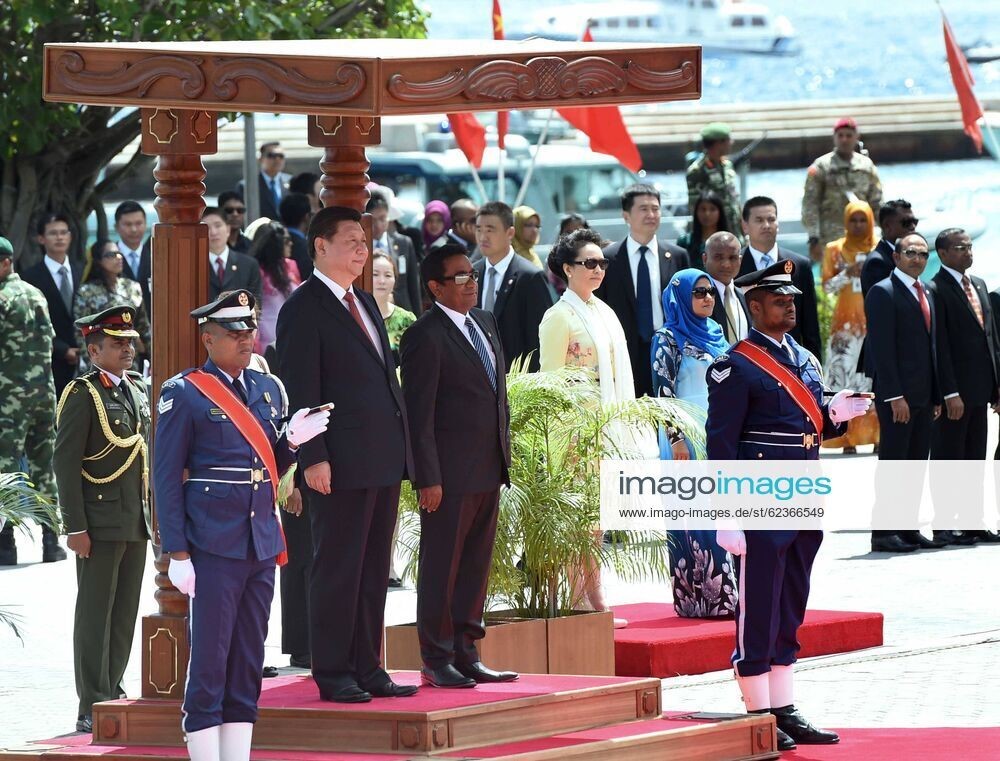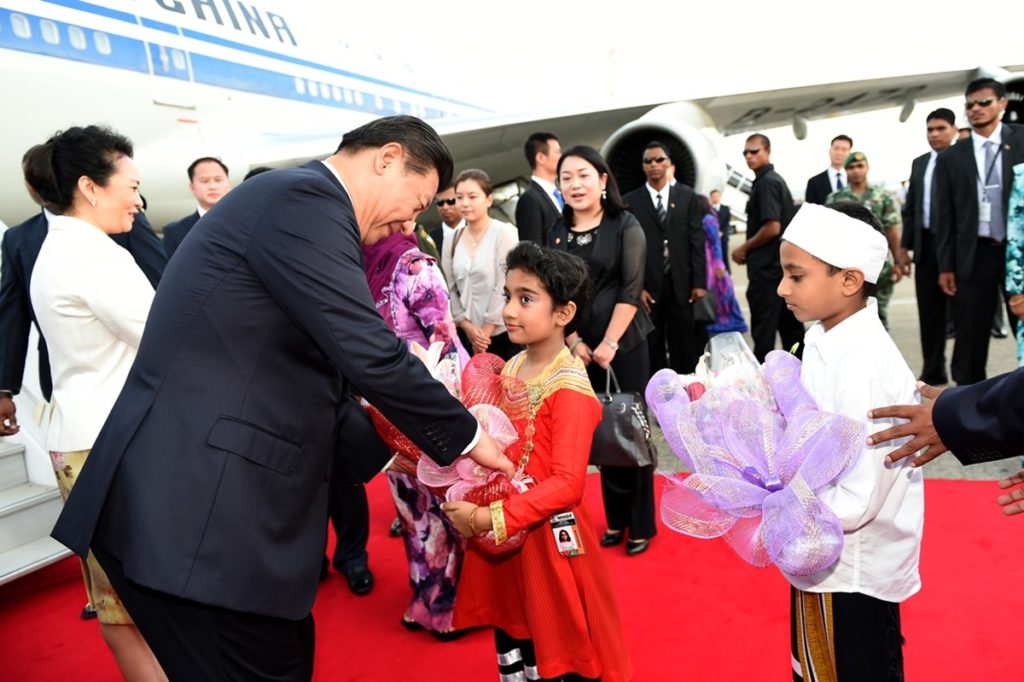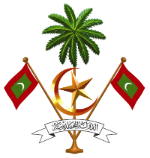Historical ties
The foundation of the enduring relationship between China and the Maldives can be traced back to ancient times, fostering a sense of kinship between the two peoples. Records from the Tang Dynasty (618-907AD) reveal the presence of Maldivian delegations in China as early as 658 AD carrying gifts from King Baladitiya to Emperor Kao-Tsung. The Maldives, then referred to as “Mo-lai” served as a stop-over for sailors traversing the Indian Ocean trade routes. Ancient Chinese travelers documented trade with Maldives involving dried fish, coconuts, and cowry shells, used as a currency until the 16th century.
Historical records show that Maldivian King Yusof sent an ambassador to Nanjing, then the capital of China, in 1417 AD, fostering diplomatic exchanges. It is believed that the King sent an envoy to China two times during this period. Archaeological discoveries, such as 10th-century Chinese porcelain found in Malé, and literary accounts like Francois Pyrard’s writings from 1611, offer glimpses into material exchanges between the Maldives and China.
Contemporary relations
The formalization of diplomatic ties between the Maldives and China on October 14, 1972, marks the beginning of a new chapter in bilateral relations. Since then, both nations have actively engaged in fostering strong bonds of friendship between the two countries. On 20 August 2007, the Maldives further solidified its friendship by opening an Embassy in Beijing.


Mutual respect and support have been the cornerstone of Maldives – China relations. The Maldives has shown unwavering commitment to the one-China principle. In September 2014, the friendship took a significant step forward when Chinese President Xi Jinping paid a state visit to the Maldives. The outcome of this visit was the establishment of a forward-looking, and friendly partnership between the two nations.
Not only is China one of the biggest trading partners and tourist markets of the Maldives, it is also a generous partner which has made an invaluable contribution to the development of the Maldives over the past decade. The China-Maldives Friendship Bridge which opened in 2018 is a testament to this burgeoning relationship between the two countries and the effectiveness of the Belt and Road Initiative in fostering economic growth and connectivity. The completion of several thousand social housing units by Chinese companies and their assistance in enhancing infrastructure including the upgrading of Velana International Airport underscores the crucial role China plays in the development of the Maldives. There is no doubt that the time-tested relations between China and the Maldives will continue to strengthen in the years to come.
